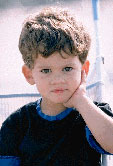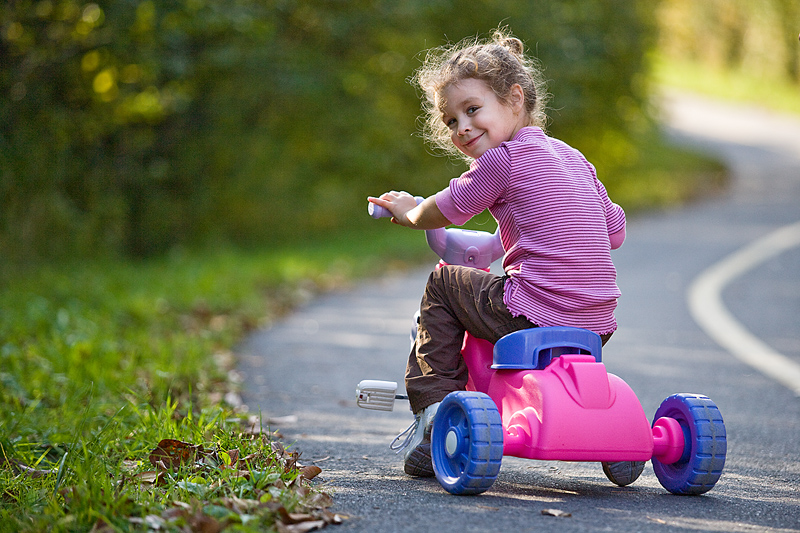
MONDAY, Jan. 4 (HealthDay News) — The rate of children aged 2 to 5 who are given antipsychotic medications has doubled in recent years, a new study has found.
Yet little is known about either the effectiveness or the safety of these powerful psychiatric medications in children this age, said researchers from Columbia University and Rutgers University, who looked at data on more than 1 million children with private health insurance.
“It is a worrisome trend, partly because very little is known about the short-term, let alone the long-term, safety of these drugs in this age group,” said study author Dr. Mark Olfson, a professor of clinical psychiatry at Columbia University in New York City.
Prescribing antipsychotics to children in the upper range of that age span — ages 4 and 5 — is justifiable only in rare, intractable situations in which all other treatments, including family and psychological therapy, have been tried and are not working, Olfson said.
And it’s questionable whether 2- and 3-year-olds should ever be prescribed antipsychotics, Olfson said.
The study is published in the January issue of the Journal of the American Academy of Child & Adolescent Psychiatry.
Presumably, only children with the most severe mental problems would be given the potent drugs. Yet, less than half of children on antipsychotics had received any mental health services, including a mental health assessment or treatment from a psychotherapist or psychiatrist, the study authors noted.
“You don’t see the kinds of mental health services you would expect to see if we were dealing with the most profoundly disturbed toddlers,” Olfson said, raising the question of whether doctors had done everything they could to help the child before turning to medications.
The overall numbers of children prescribed antipsychotics remains small, at less than one half of one percent of the national sample. But the numbers are rising. In 1999-2001, about one in 1,300 were being treated with antipsychotics. By 2007, that had risen to one in 630, according to Olfson.
For 5-year-olds, about one in 650 were being treated in 1999-2001. That doubled, to one in 329, in 2007, he noted.
Research published online in December in the journal Health Affairs by the same research team suggested children on Medicaid are even more likely than children with private insurance to be prescribed antipsychotics.
The most common antipsychotic drug prescribed to children was risperidone (Risperdal), which accounted for nearly three-quarters of antipsychotic prescriptions. In adults and teens, risperidone is used to treat schizophrenia and bipolar disorder. Risperidone is also approved by the U.S. Food and Drug Administration to treat unstable mood or irritability in children with autism aged 5 and up.
Children who were most likely to receive risperidone were male and aged 4 or 5, according to the report. The most common diagnosis was pervasive developmental disorder or mental retardation, attention deficit/hyperactivity disorder or disruptive behavior disorder.
Previous research has shown children on the drugs may experience metabolic and endocrine abnormalities. Little is known about their impact on the developing brain, Olfson added.
“I don’t want to minimize the problems children can have at this age, but there are psychological treatments that have been proven to help parents and the kids that emphasize the quality of the parent-child relationship,” Olfson said.
One reason for the uptick may be increasing numbers of children diagnosed with autism and some research showing risperidone may help with autism-related irritability, the researchers noted.
Dr. Peter Jensen, co-director of the division of child psychiatry and psychology at the Mayo Clinic, agreed that the trend is concerning. “We have no doubt there are prescribing practices out there that are very, very worrisome,” Jensen said.
It’s imperative that children receive a full mental health assessment before getting these drugs, to understand the family situation and school environment and if there is a family history of psychiatric problems, as well as undergoing a physical exam to rule out other medical problems.
“These agents should not be used as an adjunct to a family stressed to the max,” Jensen said. “With kids who are 2 to 5, most can be managed without these medicines. Rarely a 5-year-old goes on them. But a child of 2 or 3, in my experience, I have never had to put them on [an antipsychotic]. There is so much else that can be done.”
The stress and difficulty of coping with a child who has significant mental health issues, the need to have a child behave well enough to be permitted to attend school, as well as lack of adequate coverage for family therapy and mental health services, may push doctors and parents into believing they have little choice other than medicating the child, Jensen said.
More information
The U.S. National Mental Health Information Center has more on children and mental health issues.

